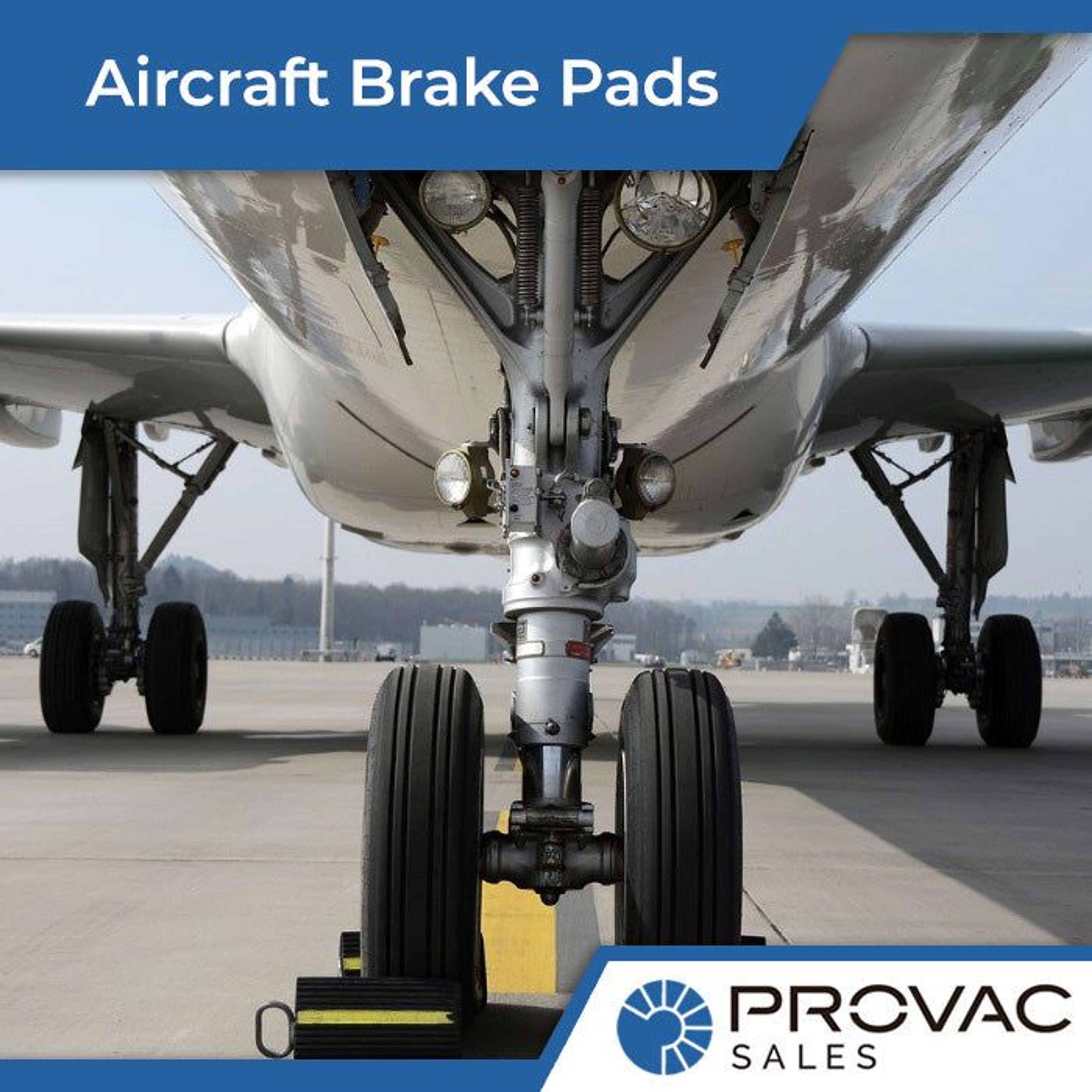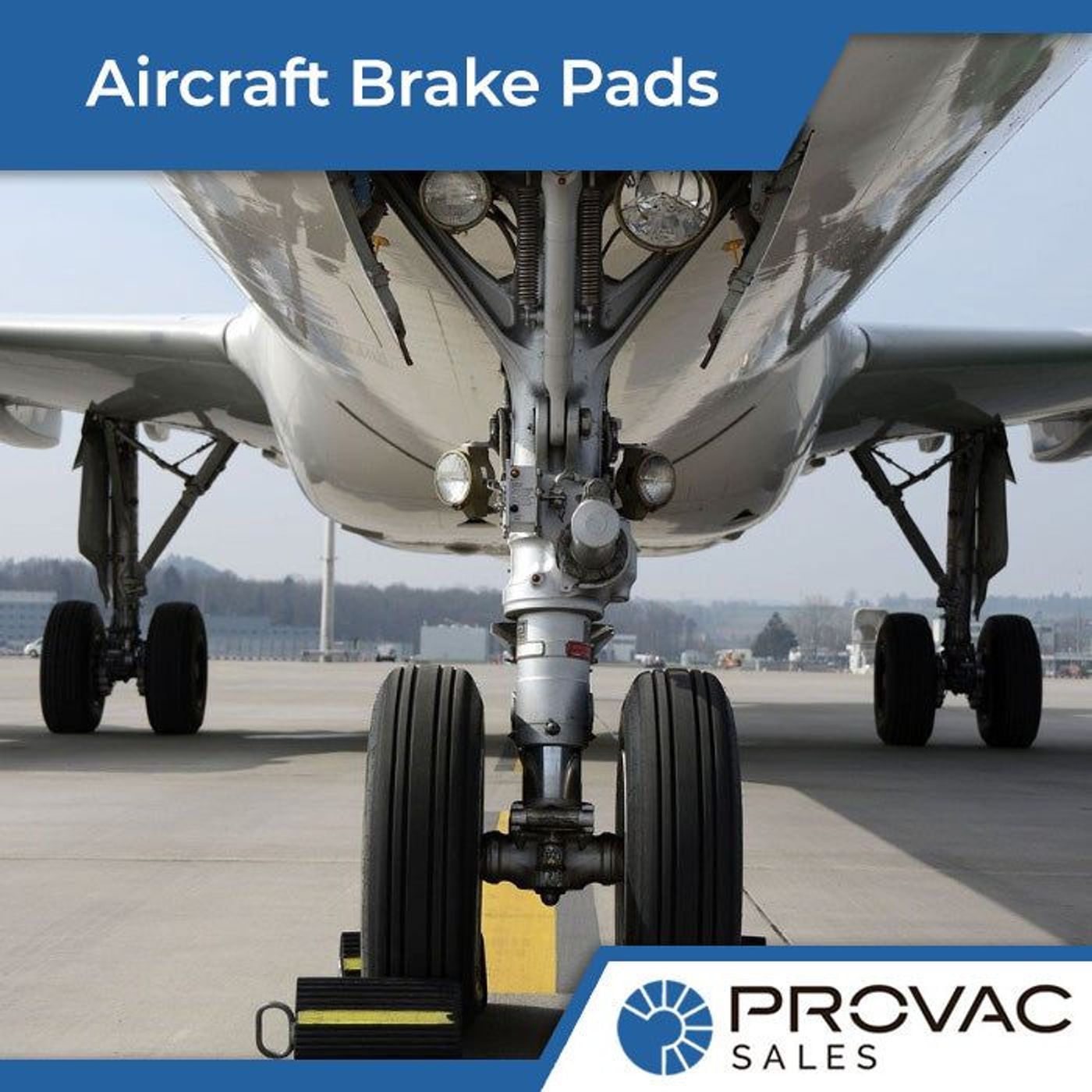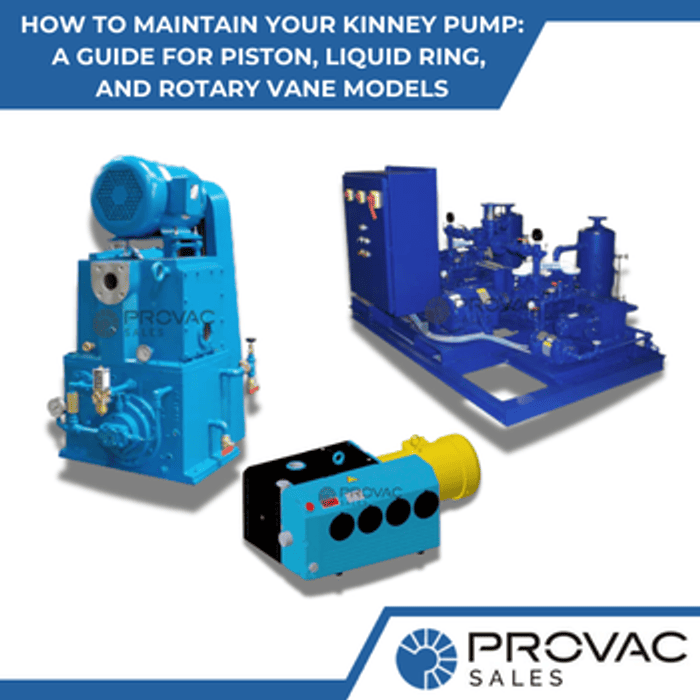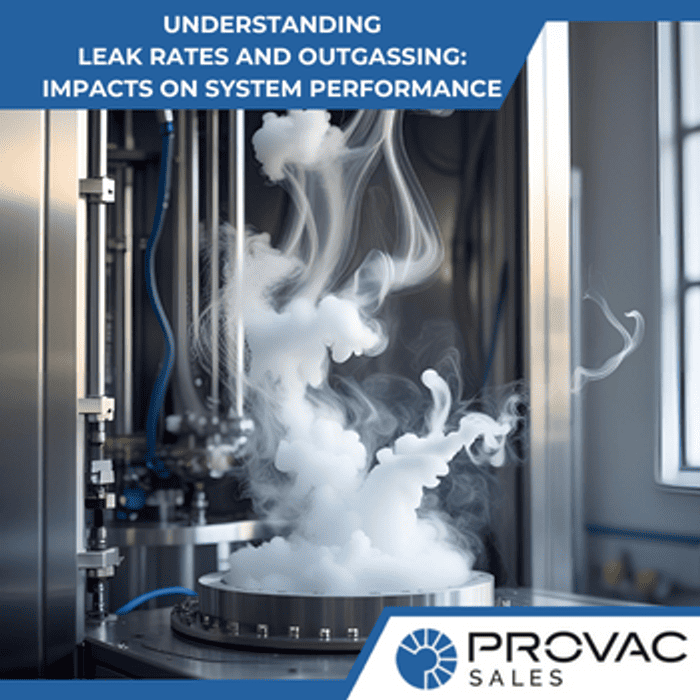Vacuum systems are uniquely designed and manufactured to be used in the making of aircraft carbon brake pads, which are used on military and commercial aircraft. This is where the brakes require maintaining the conversion of the aircraft’s kinetic energy into heat which, in turn, creates extremely high temperatures.
There are numerous benefits of carbon compared to steel aircraft brakes, including:
- Much lighter weight ultimately saves on fuel
- An extended life with up to double the number of landings between overhaul in comparison to steel brakes
- At an extremely high-temperature activity, carbon is much stronger compared to steel. The primary disadvantage is the increased cost because of the long processing time
- Greater energy absorption since the carbon possesses high thermal conductivity, high-temperature stability, and specific heat
What Does The Aircraft Brake Production Process Involve?
Typically, the production of airplane carbon brake pads starts with carbon fiber that’s created either from petroleum pitch-based fibers or PAN (Polyacrylonitrile). The PAN and fibers usually undergo an oxidation process at relatively lower temperatures followed by a carbonization procedure at elevated temperatures within an inert gas atmosphere (e.g., Argon) to force out the non-carbon material (e.g., Nitrogen and Hydrogen).
The carbon fibers are usually formed into a chopped material or woven fabric and then a mold is used to create the preform in the desired shape of the brake disc. Afterward, the preforms are kept in a vacuum furnace using Chemical Vapor Deposition (CVD) and Chemical Vapor Infiltration (CVI). The CVD procedure is often applied for carbon deposition on surfaces. On the other hand, the CVI is utilized for carbon deposition in the carbon matrix. This helps with filling up the voids and adding density to the product. A phenolic resin compound is also sometimes applied to infiltrate the carbon preform and eventually heated to create a C/C composite.
Some hydrocarbon gases (such as Propane), as well as Methane (CH4), are metered via the vacuum furnace at increased temperatures (1,000-1,500°C) and relatively low pressures (5-20 torr). The gas usually penetrates the preforms and deposits carbon in the voids to build up the brake pads’ density. From the reaction of CH4 C + H2 + HC (Methane rich gas), the effluent products that exit the furnace comprise a Hydrogen-rich gas consisting of different hydrocarbon compounds that are created during the reaction such as tarry residues and carbon dust.
Knockout/Filtration System Design
The entire vacuum system comes with a robust design and typically incorporates the accessories required to deal with different hydrocarbons, tar carryover, and carbon dust. Vacuum systems have mostly been utilized in the production of carbon brake pads ever since the carbon deposition procedure was introduced.
In numerous such applications, there is a specially designed knockout trap used to capture the tarry residues. In most cases, it may use both mechanical and thermal capture techniques. Afterward, the knockout system is plumbed in series with a particular inline particle filter. This is to primarily collect the carbon dust, as well as any residue tars that couldn’t be captured by the knockout trap.
What Is The Difference Between Oil-Sealed and Dry Vacuum Pumps?
Usually, the vacuum systems applied are Rotary Lobe Vacuum Boosters that are backed by oil-sealed Liquid Ring Pumps or oil-sealed Rotary Piston Pumps. In some cases, however, customers have opted to go for multiple large oil-sealed Rotary Piston Pumps mainly because they will offer a steady pumping capacity right from the atmosphere all through to the processing pressure.
The application of an oil-sealed pump is an added advantage when it comes to dealing with process deposits that might pass the inlet Knockout Trap/Filter. Primarily, this is because it assists in keeping the deposits from accumulating on pump surfaces. It catches and transports them to a specific area where they may be filtered out. What’s more, the oil-sealed pumps are useful in pumping the hydrogen-filled gas which might contain a lower average molecular weight and may slip more easily via spaces in dry vacuum pumps leading to a loss of volumetric efficiency.
Nonetheless, not every oil-sealed pump is suited to degradation of the oil from procedure deposits and may fail because of blocked oil passages or broken vanes. That said, dry pumps have benefits in numerous applications. Their construction with dry surfaces and tighter clearances make them prone to failure because of process material accumulation on their rotors in this kind of application. The upstream procedure knockout equipment may have to be more efficient to minimize process carryover while the dry pumps may have to use intermittent solvent purges to help in cleaning up residual deposits. Furthermore, most dry pumps tend to be more challenging to repair and would need to be returned to the manufacturer. Fortunately, you can disassemble and reassemble Rotary Piston Pumps on-site with little training.





